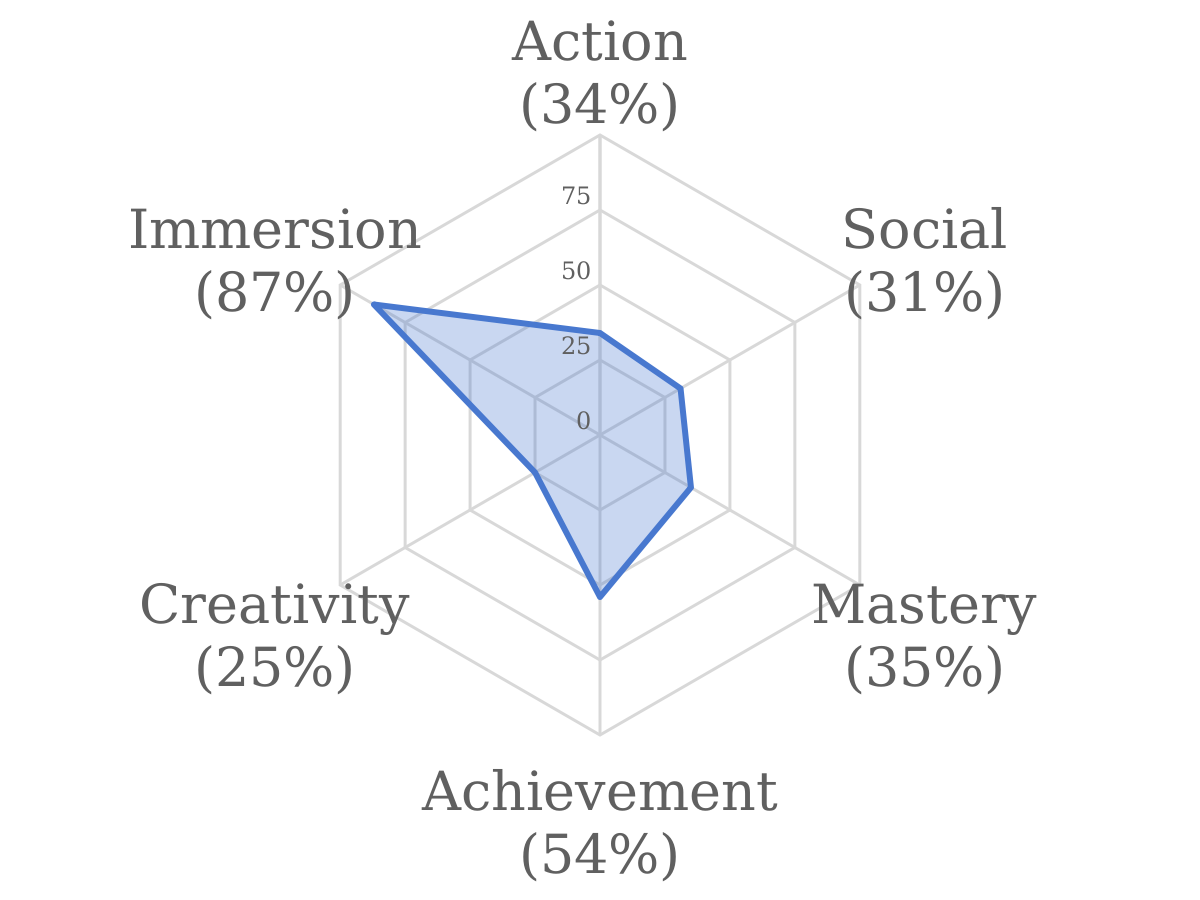In order to insure the best user experience for Rainbow Six: Siege, the Montreal User Research Lab had to re think the way they tested the game, bringing playtests and analytics to a whole new level: the live test experience.
Using their knowledge and experience on the Rainbow Six Siege production, the speakers will:
• Present succinctly the Rainbow Six franchise and its history
• Describe user research challenges of a multiplayer focused game
• Discuss the limitations of classic user tests
• Introduce live tests – Closed Alpha, Closed Beta, and Open Beta
o The impacts on the user research, analytics, and production pipelines
o The impacts on reporting and how user research analytics helped improve the game
• Show the changes in terms of communication to all parties
• Give insights on the first months post launch, and potentially how post launch data is or can be used as live test data.
Olivier Guedon

Olivier Guédon is a Game Intelligence Analyst with Ubisoft’s Montreal User Research Lab. His experience in the video game industry started at Ubisoft Montreal in 2007 in information risk managementfor the production teams of brands like Assassin’s Creed or Far Cry. He went to risk analytics to come back to Ubisoft at the User Research Lab in 2014 to lead the analytics efforts for the Rainbow Six Siege production.
Join us at the next GURsig, submit a talk!
Game User Research Summit 2017 call for papers
Learn more about Game User Research Special interest Group (GURsig):
About the Game User Research sig at IGDA
Jakob Nielson says:
The Games User Research Summit was a great conference
with many insightful talks by top professionals.
According to Jakob Nielson, of Nielson Norman Group, Nick Yee provided the best (but very data-dense) presentation at GamesUR.
Gamers are not a monolithic group; gaming preferences and motivations among gamers in important ways. Using survey data from over 140,000 gamers worldwide, we used factor analysis to develop an empirical framework of gaming motivations and a validated tool to measure those motivations. We’ll present the gaming motivations we identified, how they are related to each other and group together in 3 high-level clusters, how they vary by gender and age, and how they correlate with personality traits. This is a data-driven talk where we focus on the surprising findings that emerged from the large data set.
among gamers in important ways. Using survey data from over 140,000 gamers worldwide, we used factor analysis to develop an empirical framework of gaming motivations and a validated tool to measure those motivations. We’ll present the gaming motivations we identified, how they are related to each other and group together in 3 high-level clusters, how they vary by gender and age, and how they correlate with personality traits. This is a data-driven talk where we focus on the surprising findings that emerged from the large data set.
Watch the the GURsig presentation by Nick Yee:

Join us at the next GURsig, submit a talk!
Game User Research Summit 2017 call for papers
Learn more about Game User Research Special interest Group (GURsig):
About the Game User Research sig at IGDA
Jakob Nielson says:
The Games User Research Summit was a great conference
with many insightful talks by top professionals.
Nick Yee is the co-founder and analytics lead of Quantic Foundry. For over a decade, he has conducted research on the psychology of gaming and virtual worlds using a wide variety of methods. At Stanford University, he used immersive virtual reality to explore how avatars can change the way people think and behave. At the Palo Alto Research Center (PARC), he applied social network analysis and predictive analytics to examine large-scale World of Warcraft data. He was also a senior research scientist in Ubisoft’s Gamer Behavior Research group. He is the author of “The Proteus Paradox”.
Can UX research take a game that is not fun, and make it more fun?
CFP: UX — What is User Experience in Video Games?
The purpose of this special issue is to investigate the nature of video game UX.
ISO 9241-210[1] defines user experience as “a person’s perceptions and responses that result from the use or anticipated use of a product, system or service”. According to the ISO definition, user experience includes all the users’ emotions, beliefs, preferences, perceptions, physical and psychological responses, behaviors and accomplishments that occur before, during and after use. The ISO also list three factors that influence user experience: system, user and the context of use.
In this issue we hope to present practitioners and academic perspectives through presenting a broad range of user experience evaluation methods and concepts; application of various user experience evaluation methods; how UX fits into video game development cycle; methods of evaluating user experience during game play and after; and social play.
Authors are invited to submit manuscripts that
- Present empirical findings on UX in game development
- Push the theoretical knowledge of UX
- Conduct meta-analyses of existing research on UX
- Answer specific questions such as:
- Case studies, worked examples, empirical and phenomenological, application of psychological and humanist approaches?
- Field research
- Universal Access
- Face to face interviewing
- Creation of user tests
- Gathering and organizing statistics
- Define Audience
- User scenarios
- Creating Personas
- Product design
- Feature writing
- Requirement writing
- Content surveys
- Graphic Arts
- Interaction design
- Information architecture
- Process flows
- Usability
- Prototype development
- Interface layout and design
- Wire frames
- Visual design
- Taxonomy and terminology creation
- Copywriting
- Working with programmers and SMEs
- Brainstorm and managing scope (requirement) creep
- Design and UX culture
- What is the difference between user experience and usability?
- How does UX research extend beyond examination of the UI? Should we differentiate pragmatic and hedonic aspects of the game?
- Who is a User Experience researcher, what do they do, and how does one become one?
- What are the methodologies?
Potential authors are encouraged to contact Brock Dubbels (Dubbels@mcmaster.ca) to ask about the appropriateness of their topic.
Deadline for Submission January 2014.
Authors should submit their manuscripts to the submission system using the following link:
http://www.igi-global.com/authorseditors/titlesubmission/newproject.aspx
(Please note authors will need to create a member profile in order to upload a manuscript.)
Manuscripts should be submitted in APA format.
They will typically be 5000-8000 words in length.
Full submission guidelines can be found at: http://www.igi-global.com/journals/guidelines-for-submission.aspx
Mission – IJGCMS is a peer-reviewed, international journal devoted to the theoretical and empirical understanding of electronic games and computer-mediated simulations. IJGCMS publishes research articles, theoretical critiques, and book reviews related to the development and evaluation of games and computer-mediated simulations. One main goal of this peer-reviewed, international journal is to promote a deep conceptual and empirical understanding of the roles of electronic games and computer-mediated simulations across multiple disciplines. A second goal is to help build a significant bridge between research and practice on electronic gaming and simulations, supporting the work of researchers, practitioners, and policymakers.









